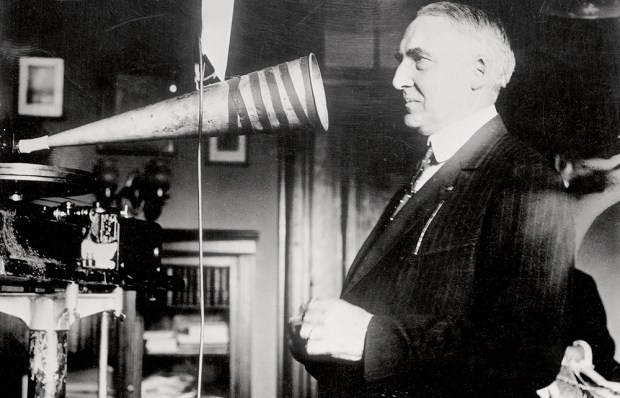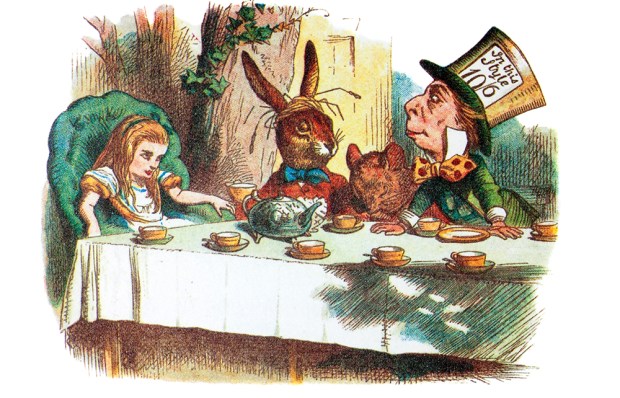I’m very glad I followed a friend’s recommendation to read The Bird of Dawning by John Masefield, an author neglected to the point of disparagement.
The vehicle of the book is a tale of seafaring in the 1860s, and one of Masefield’s great strengths is vividness. He deals with material objects in motion. But description of such objects is impossible for any writer. If the reader has never seen an oak tree, no amount of description will conjure it up.
A simple example in The Bird of Dawning (the title is the name of a ship) comes when the hero remembers to take with him from a sinking ship a vice ‘nipped to a ledge; he released the nip and took that’. Without the technical term nip, the description is less exact and economical.
A landlubber like me gets into trouble when things happen to a ship’s masts and rigging. Don’t worry, I do not intend to catalogue the names of sails and ropes and spars. Masefield spends two pages describing the setting of a lower studding-sail by a depleted crew. (He sensibly enough spells studding-sail ‘stunsail’, which is how it is said.) On first reading I got the general idea. I returned later to work out how the stunsail is set, on one side of the foresail (the main lower sail on the foremost of the three masts).
I got into a bit of a tangle in Smyth’s Sailor’s Word Book, with tripping-lines and booms, guys and lizards, and I’m still not sure what secures the lower boom to the side of the ship. But I can’t see how it could be conveyed at all without technical terms.
Another irreducible term is straik (as Masefield spells it), a line of planking in the hull of a boat. If a straik in an open boat leaks, the people in it may perish. Masefield thinks straik derives from streak. The OED derives it from Old English streccan, ‘stretch’, but admits that from the 16th century strake and streak are hopelessly confused. Its one illustrative quotation for the verb strake, ‘to become streaky’, is from Masefield himself: ‘The peacock screamed, the clouds were straking, / My cut cheek felt the weather breaking.’
Got something to add? Join the discussion and comment below.
Get 10 issues for just $10
Subscribe to The Spectator Australia today for the next 10 magazine issues, plus full online access, for just $10.














Comments
Don't miss out
Join the conversation with other Spectator Australia readers. Subscribe to leave a comment.
SUBSCRIBEAlready a subscriber? Log in